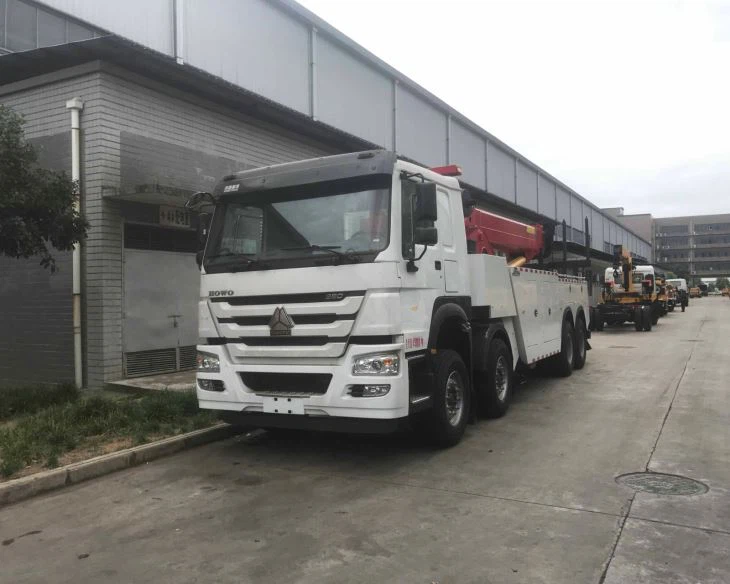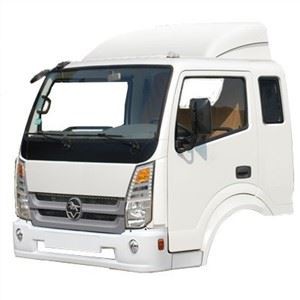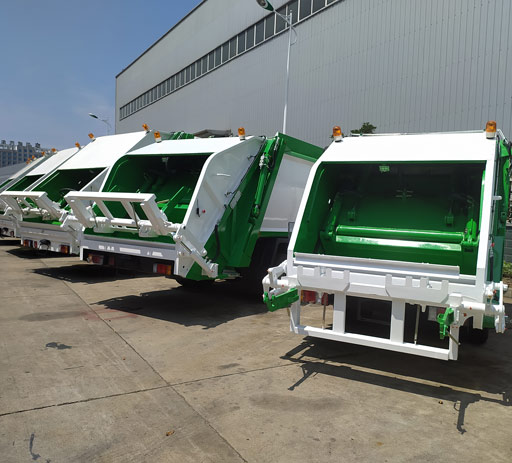Iso Tankers for Sale: A Comprehensive Guide

Introduction
In the realm of industrial transportation, ISO tankers have emerged as an indispensable asset for businesses that deal with bulk liquid transportation. Whether your company requires transporting chemicals, food products, or hazardous materials, choosing the right ISO tanker can significantly affect operational efficiency and safety. In this article, we will delve into everything you need to know about ISO tankers for sale, guiding you through the types available, their benefits, purchasing considerations, and much more.
What is an ISO Tank?
An ISO tank is a specialized container that conforms to the International Organization for Standardization (ISO) specifications. These tanks are designed for the transport of bulk liquids, particularly hazardous and non-hazardous liquids, gases, and solids. ISO tankers are typically constructed from stainless steel or aluminum and come in various sizes, making them versatile for shipping different types of liquids.
Types of ISO Tankers
ISO tankers are categorized based on their design and functionality. Below are some common types commonly found for sale:
Standard ISO Tankers
Standard ISO tankers typically hold capacities ranging from 20 to 30,000 liters. They are mainly used for transporting water, oil, or common chemicals.
Insulated ISO Tankers
These tankers come with insulation to maintain temperature-sensitive products. Ideal for transporting products like molasses or edible oils that require a specific temperature during transit.
Reefer ISO Tankers
Reefer tankers are equipped with temperature control systems, making them suitable for transporting refrigerated goods such as liquid food items and pharmaceuticals.
Specialty ISO Tankers
Specialty ISO tankers are designed for specific industries and personalized needs. For instance, tanks prepared for transporting hazardous materials have safety features that adhere to stringent regulations.
Why Invest in ISO Tankers?
Investing in ISO tankers comes with numerous advantages:
Versatility
ISO tankers can transport a wide range of liquids, making them an ideal choice for businesses in various industries.
Cost-Effectiveness
Owning ISO tankers can save costs in the long run compared to leasing or renting as you avoid recurring rental fees.
Enhanced Safety
ISO tankers are designed with safety features to prevent leaks and spills, protecting both goods and the environment.
Compliance with Regulations
ISO tankers meet international safety and quality standards, ensuring compliance with government regulations in transporting hazardous materials.
Where to Buy ISO Tankers
When looking to purchase ISO tankers, consider the following options:
Manufacturers
Buying directly from manufacturers often ensures warranties and after-sales service. Popular manufacturers include:
- CIMC Vehicles
- Singamas Container Holdings
- W&K Tanker Services
- Stolt-Nielsen Limited
Dealers and Brokers
Many dealers and brokers specialize in selling ISO tankers. They often provide a variety of options and can assist in finding a tanker that fits your needs.

Online Marketplaces
Websites like eBay, Alibaba, and specialized industrial equipment sites often list ISO tankers for sale. Doing thorough research here can yield good deals, especially on second-hand tanks.
Factors to Consider When Purchasing ISO Tankers
Purchasing an ISO tanker requires careful consideration of several factors:
Capacity
Determine your operational needs and choose an ISO tanker with appropriate capacity. Larger tanks are cost-effective for high-volume transport but may not be necessary for smaller loads.
Condition (New vs. Used)
Decide whether to buy new or used. While used tanks are more affordable, ensure they are in good condition and comply with safety regulations.
Material
Tankers made of stainless steel are ideal for corrosive substances. If you’re transporting food products, ensure the tankers meet food safety standards.
Compliance and Certification
Ensure the ISO tanker complies with local and international regulations. Look for necessary certifications that prove the tanker meets safety and quality standards.
Transportation and Delivery
Consider logistics for transporting the ISO tanker to your location. Factor in shipping costs, delivery time, and any customs fees if importing from abroad.
Maintenance Tips for ISO Tankers
Proper maintenance is essential for ensuring the longevity and efficiency of your ISO tankers:
Regular Inspections
Conduct regular inspections for leaks, corrosion, and structural integrity to prevent accidents and failures.
Cleaning
After every use, thoroughly clean the interior and exterior of the tanker to remove residues that could contaminate future loads.
Documentation
Maintain records of inspections, repairs, and certifications. This documentation is crucial for compliance and resale value.

Professional Servicing
Schedule professional servicing from certified technicians to address any significant repairs or modifications needed on your tanker.
Practical Example: Buying an ISO Tanker
Here’s a step-by-step real-world example of how a business might go about purchasing an ISO tanker:
- Assess Transportation Needs: A chemical company needs to transport a new product and determines that they require a 20,000-liter ISO tanker.
- Research Options: They research manufacturers and find quotes from three different suppliers online.
- Evaluate Tank Condition: After inspecting the tankers in person, they compare new and used options based on price and safety certifications.
- Finalize Purchase: Upon selecting a suitable tanker, they finalize the purchasing details, taking note of delivery schedules.
- Implement Maintenance Program: A maintenance schedule is set to ensure the longevity of the tanker.
Potential Challenges in Purchasing ISO Tankers
Purchasing ISO tankers is not without its challenges:
Regulatory Compliance
Regulations can vary greatly by region. Ensuring compliance can be complex and requires thorough research.
Variable Pricing
The prices for new and used ISO tankers can fluctuate based on demand and condition, making it essential to stay informed about market trends.
Maintenance Costs
Ongoing maintenance can be a financial consideration that buyers must budget for beyond the purchase cost.

Future Trends in ISO Tanker Sales
As the shipping and transportation industry evolves, various trends are expected to influence the market for ISO tankers:
Increased Demand for Sustainable Solutions
With a growing focus on sustainability, businesses are likely to seek ISO tankers that comply with eco-friendly measures, encouraging manufacturers to innovate.
Technological Advancements
Smart tankers equipped with IoT devices for monitoring temperature and pressure may soon become the standard, enhancing the safety and efficiency of transporting goods.
Global Market Growth
The global demand for ISO tankers is anticipated to rise, driven by increased production and consumption in emerging markets, leading to expanded sales opportunities.
Conclusion
Investing in an ISO tanker is a significant step for any business involved in bulk liquid transportation. By understanding the types of tankers, where to buy them, and how to maintain them effectively, companies can make informed decisions that will enhance their operational efficiency while ensuring compliance with safety standards. As the industry continues to evolve with technological advancements and sustainability focus, staying updated with trends will prove essential for making future purchases.
Frequently Asked Questions (FAQs)
What is the average cost of an ISO tanker?
The cost of an ISO tanker can range from $15,000 to $50,000 or more, depending on size, condition, and specifications.
Are used ISO tankers a good option?
Yes, used ISO tankers can be a cost-effective option, but it is essential to ensure they are in good condition and meet relevant safety standards.
How do I transport my ISO tanker after purchase?
Transport logistics will depend on the tanker’s location. Discuss delivery options with the seller, or consider hiring a professional transportation service.
What are the most common materials used in ISO tankers?
ISO tankers are typically constructed from stainless steel and aluminum, providing durability and resistance to corrosion.
Do I need special training to operate an ISO tanker?
While not typically necessary, getting training on safety protocols and handling practices is advisable when working with hazardous materials.
How often should I inspect my ISO tanker?
It is recommended to conduct regular inspections every six months, with more frequent checks required if transporting hazardous materials.
